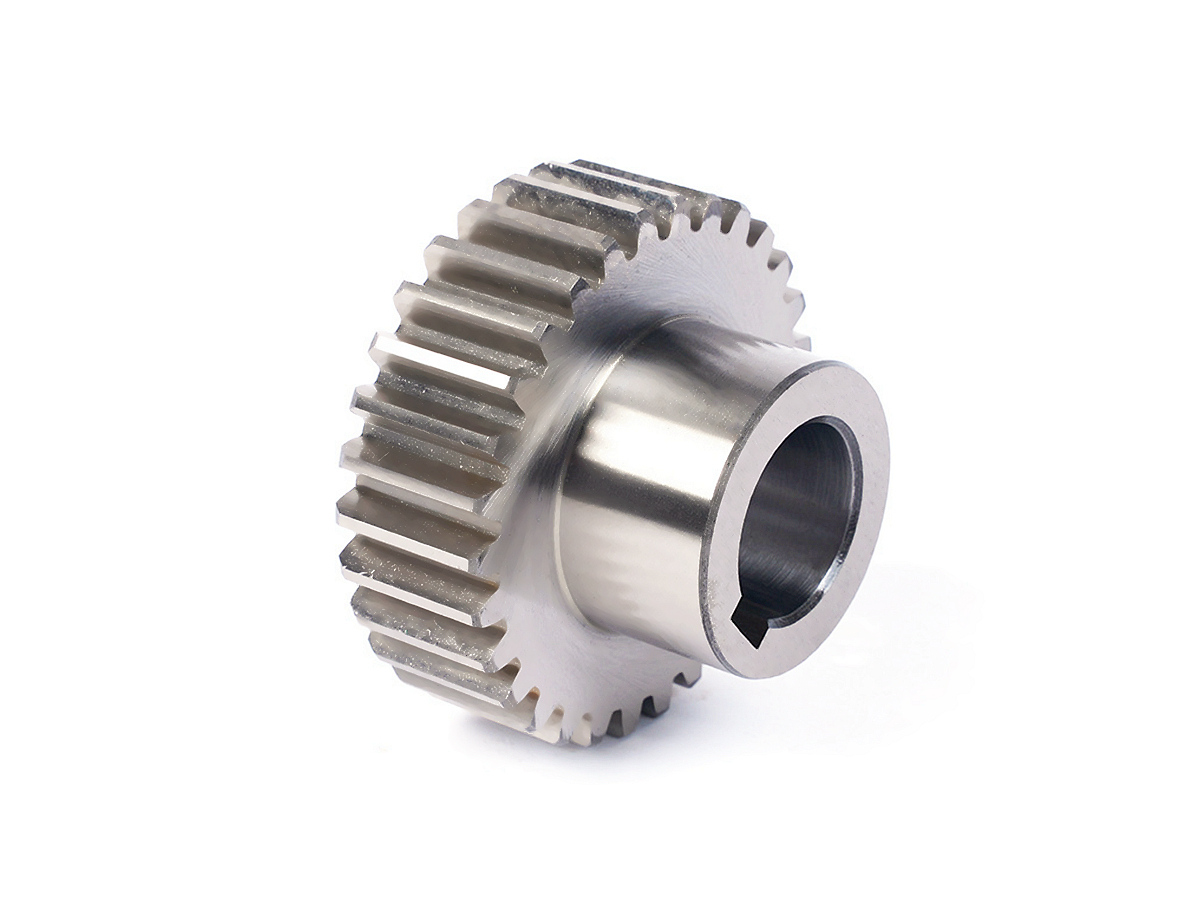CNC Boring in Aerospace: Precision Superalloy Components for High-Altitude Performance
Introduction
In the demanding environment of the Aerospace and Aviation industry, CNC boring is critical for manufacturing high-precision superalloy components essential for safe, reliable high-altitude performance. Turbine casings, compressor housings, structural fittings, and engine components must endure extreme temperatures, pressures, and mechanical stresses, requiring exceptional dimensional accuracy and material integrity.
Advanced CNC boring services ensure superior hole concentricity, precise dimensional tolerances, and smooth surface finishes in superalloy materials. Mastering CNC boring technologies significantly improves critical aerospace parts' operational reliability and efficiency.
Aerospace Superalloy Materials
Material Performance Comparison
Superalloy | Tensile Strength (MPa) | Yield Strength (MPa) | Max Operating Temp (°C) | Typical Aerospace Uses | Advantage |
|---|---|---|---|---|---|
1240-1450 | 1030-1200 | 700 | Turbine discs, engine components | High creep resistance, exceptional strength | |
760-880 | 385-465 | 1200 | Combustion chambers, afterburners | Superior thermal stability, oxidation resistance | |
1100-1350 | 850-950 | 900 | Turbine blades, structural fittings | Excellent fatigue strength, corrosion resistance | |
1230-1400 | 900-1050 | 980 | Exhaust nozzles, high-temp fasteners | Robust high-temperature strength, oxidation resistance |
Material Selection Strategy
Selecting suitable superalloys for aerospace CNC boring operations involves evaluating application-specific performance requirements:
Turbine discs and critical engine components exposed to high stress and temperatures: Inconel 718 provides outstanding strength and creep resistance.
Combustion chambers and components requiring superior oxidation resistance: Hastelloy X offers exceptional thermal stability.
Turbine blades and structural parts requiring fatigue resistance: Nimonic 90 delivers superior durability under cyclic stresses.
High-temperature fasteners and exhaust nozzles: Rene 41 provides excellent high-temperature strength and oxidation protection.
CNC Boring Processes
Process Performance Comparison
Boring Technology | Diameter Range (mm) | Dimensional Accuracy (mm) | Typical Aerospace Uses | Key Advantages |
|---|---|---|---|---|
10-300 | ±0.005 | Turbine casings, precision housings | Excellent dimensional precision, smooth finish | |
20-500 | ±0.01 | Complex structural fittings, compressor housings | High flexibility, efficient machining of complex geometries | |
50-800 | ±0.01 | Large engine blocks, structural components | Stability for large parts, superior accuracy | |
5-200 | ±0.003 | Ultra-precision components, engine mounts | Highest accuracy, minimal deviation |
Process Selection Strategy
The choice of CNC boring technology depends on aerospace component size, complexity, and precision needs:
Precision turbine casings and critical engine housings: Precision CNC Boring ensures tight tolerances and smooth surfaces.
Complex compressor housings and intricate fittings: Multi-axis CNC Boring offers versatility and efficient machining.
Large structural and engine components: CNC Horizontal Boring provides stability and accuracy for heavy and sizeable components.
Ultra-precise aerospace parts requiring minimal tolerance deviations: CNC Jig Boring guarantees the highest level of accuracy.
Surface Treatment
Surface Treatment Performance
Treatment Method | Corrosion Resistance | Wear Resistance | Temperature Stability (°C) | Typical Aerospace Uses | Key Features |
|---|---|---|---|---|---|
Excellent (≥1000 hrs ASTM B117) | High (HV1000+) | Up to 1200 | Turbine components, combustion chambers | Exceptional thermal insulation, corrosion resistance | |
Superior (≥800 hrs ASTM B117) | Moderate-High | Up to 400 | Precision fittings, engine components | Smooth surface, enhanced fatigue life | |
Superior (≥1000 hrs ASTM B117) | High (HV2000-3000) | Up to 600 | High-wear components, precision parts | Increased hardness, extended component lifespan | |
Excellent (≥600 hrs ASTM B117) | Moderate | Up to 350 | General aerospace fittings, connectors | Surface cleanliness, corrosion resistance |
Surface Treatment Selection
Surface treatments significantly enhance the durability and reliability of aerospace superalloy components:
Turbine and combustion components under extreme temperatures: Thermal Barrier Coatings (TBC) offer superior thermal protection.
Precision engine components and fittings: Electropolishing improves surface smoothness and fatigue resistance.
High-wear aerospace components: PVD Coating delivers exceptional durability and hardness.
General aerospace fittings and connectors: Passivation ensures corrosion resistance and surface integrity.
Quality Control
Quality Control Procedures
Precise dimensional checks using Coordinate Measuring Machines (CMM) and optical inspection systems.
Surface roughness and bore concentricity verification via advanced profilometry.
Mechanical property testing (tensile, yield strength) according to aerospace standards (ASTM, AMS).
Non-destructive testing (NDT), including ultrasonic (UT), radiographic testing (RT), and eddy current inspection.
Corrosion resistance validation through standardized ASTM B117 salt spray tests.
Comprehensive documentation and traceability adhering to aerospace quality management systems (AS9100, ISO 9001).
Industry Applications
CNC Bored Aerospace Components
High-precision turbine casings and compressor housings.
Engine mounts and structural fittings.
Aerospace engine components,s including shafts and discs.
Precision structural supports and high-altitude performance parts.
Related FAQs:
Why is CNC boring critical for aerospace superalloy components?
Which superalloys provide the best performance in aerospace applications?
How does CNC jig boring enhance component precision in aerospace?
What surface treatments improve durability of aerospace components?
What quality standards apply to CNC bored aerospace parts?

